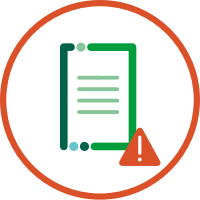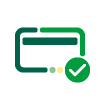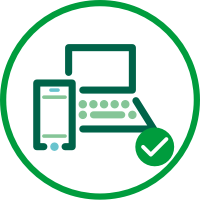Alcohol addiction: detecting the problem
Duration: 4:09
Transcript
Alcohol is within the family of depressant drugs. Its numerous effects on the brain’s neural activity include a relaxing effect by acting on the pleasure molecule as well as endorphins – the brain’s natural morphine.
Alcohol consumption usually springs a variety of emotions, from happiness to sadness, stress and so on. It’s estimated that 75% of the population drinks alcohol, of which 10% experience addiction and distress.
There are three types of consumption:
- Recreational drinking
- Heavy drinking
- and addictive drinking
By and large, recreational drinking doesn’t involve health risks and bears no consequence to yourself or others.
The same can’t be said about heavy and addictive drinking.
Heavy drinking involves inappropriate consumption of alcohol leading to clinically significant distress or altered functions. For example:
- Repeatedly missing work
- Driving under the influence of alcohol
- Putting oneself at risk
Addictive drinking often leads to more severe consequences, including:
- Increased tolerance to alcohol which promotes greater consumption to reach the same effect
- Psychological and physical withdrawal
People struggling with heavy and addictive drinking find it hard to abandon the various benefits of this substance which allows them to:
- Avoid reality
- Feel in control
- Release latent stress
- and drown their negative emotions
Several physical, psychological and behavioral indicators point to problem drinking and suggest that an employee may need the help of his or her manager.
Physical signs of problem drinking may include:
- Red eyes
- Perspiration
- Trembling
- Impaired coordination
- Alcohol breath
- Slurred speech
- Diarrhea
- and vomiting
Psychologically, signs or symptoms are:
- Irritable or aggressive behavior
- Impaired concentration
- Memory problems
- Mood swings
- Isolation
- Etc.
Behavioral issues could manifest themselves as:
- Frequently borrowing money from colleagues
- Lying
- Invoking odd excuses
- and having inappropriate reactions
Problem drinking invariably alters behavior and quality of work.
Indicators include:
- Frequent last minute absences, most often after pay days or an authorized leave
- Repeated lateness
- Leaving early, often without telling colleagues
- Irregular quality of work
- and errors of judgment
Such indicators are objective clues on which to base a transparent discussion with an employee.
To find out more about this topic, we suggest you read the reference document.
In case of any questions, doubts or a specific need for support, don’t hesitate to contact the specialized support service offered to the eligible individuals.

 Sign up for pre-authorized debit
Sign up for pre-authorized debit 